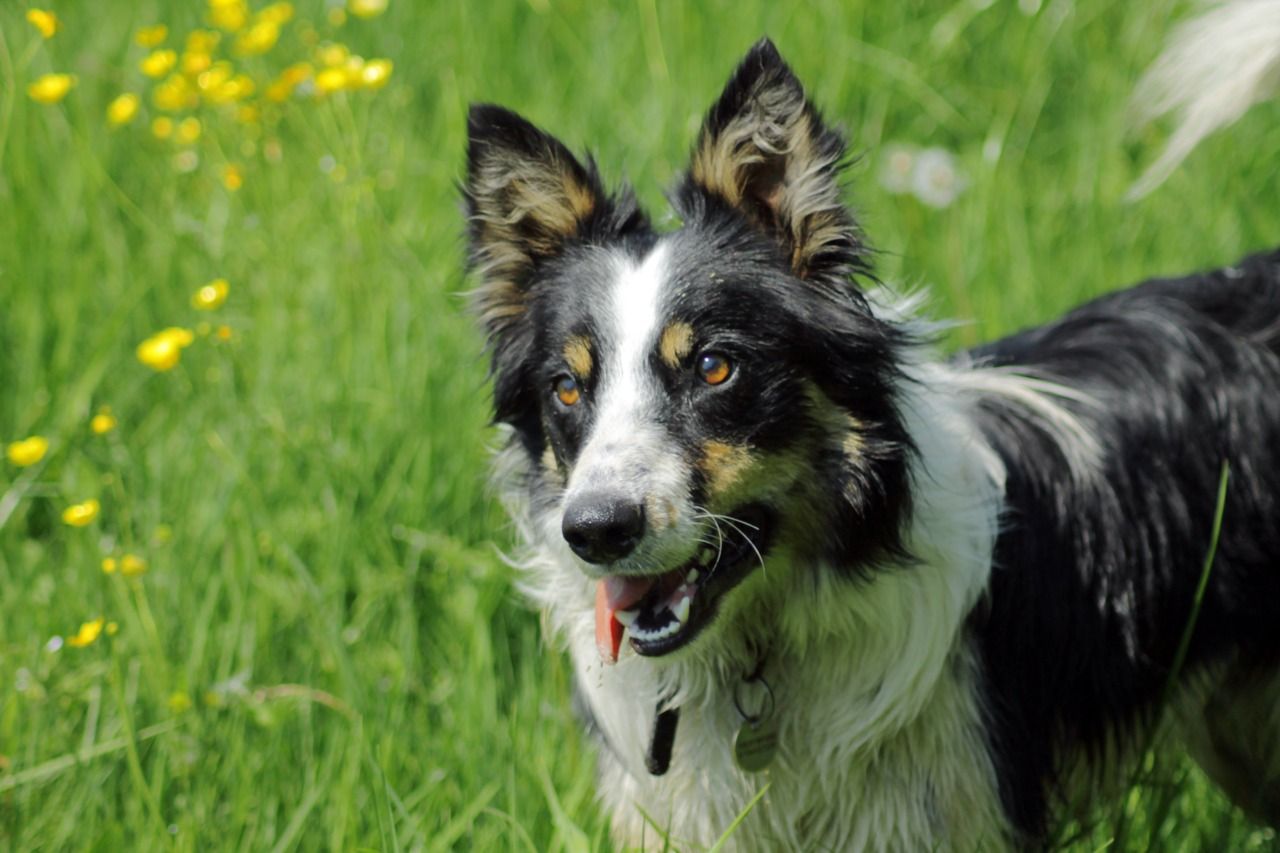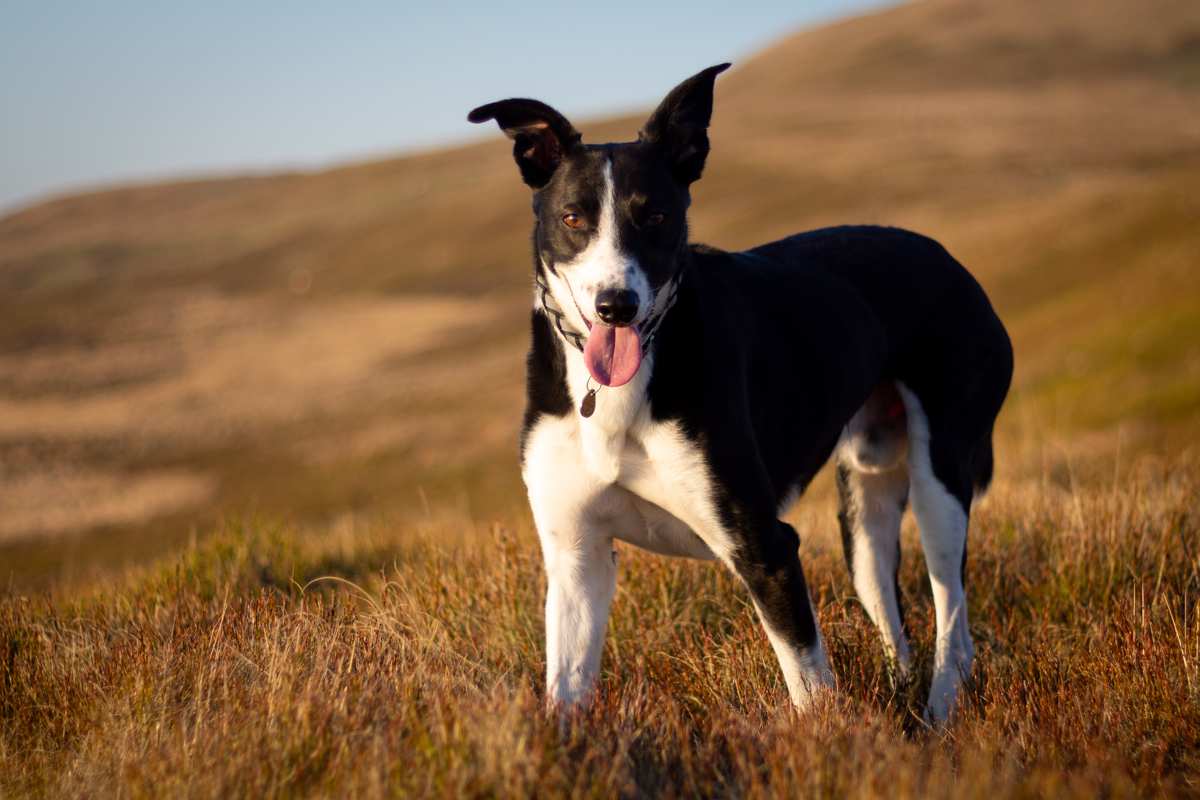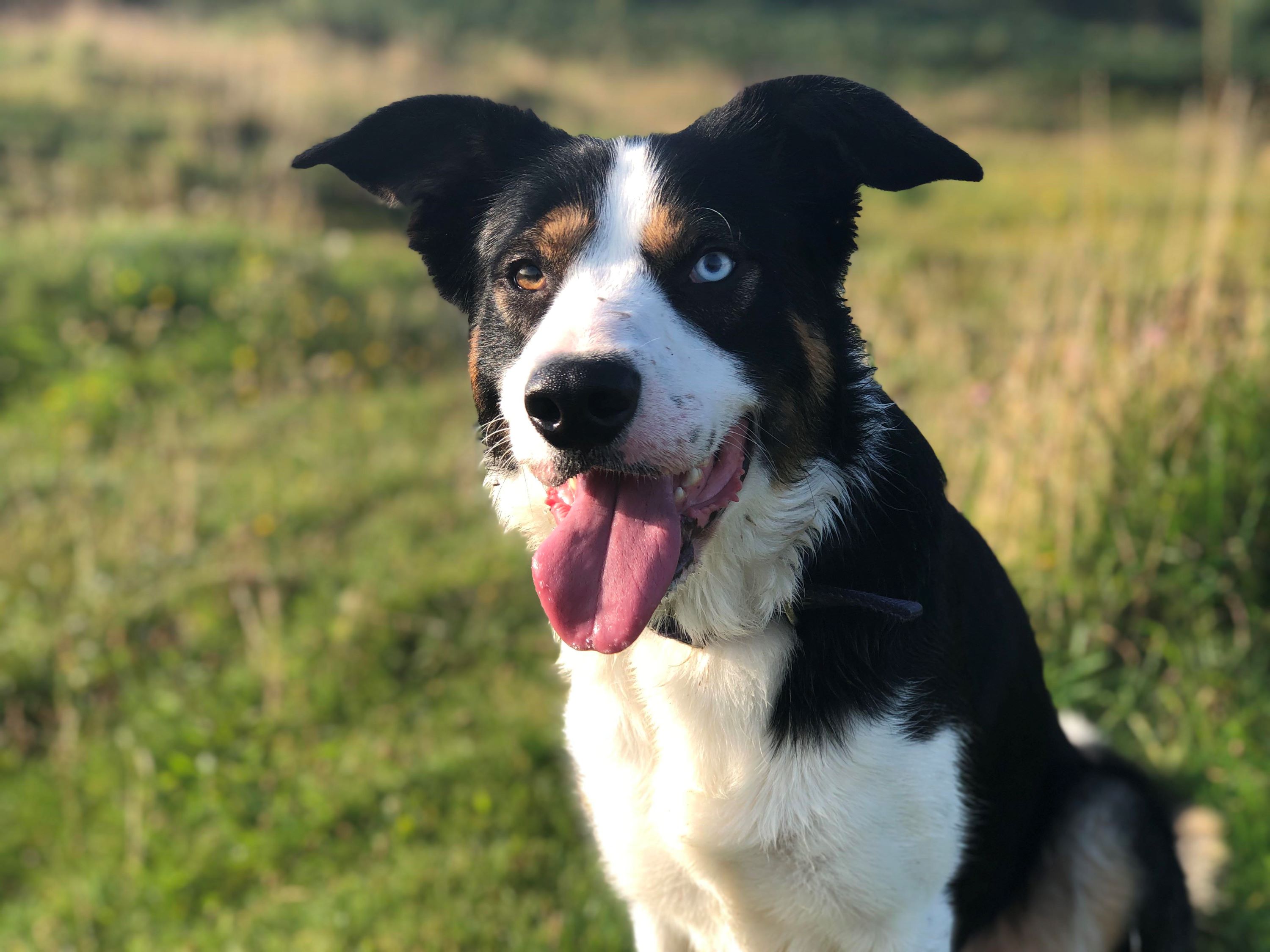
The Welsh Sheepdog (Ci Defaid Cymreig) is a versatile, working herding breed hailing from Wales, United Kingdom. Unlike many standardized breeds, the Welsh Sheepdog evolved naturally over centuries as a landrace — shaped by function rather than rigid breed standards.
Historically, these dogs were indispensable for Welsh farmers, adept at managing sheep and cattle across the rugged, mountainous terrains and open fields of Wales. The Welsh Sheepdog is believed to descend from ancient British herding dogs, with some influence from Border Collies, Collies, and Old Welsh Grey Dogs (now extinct).
Although overshadowed in popularity by the Border Collie, the Welsh Sheepdog remains a distinct, looser-eyed herder, prized for intelligence, adaptability, and an independent herding style.
While not as widely recognized internationally or by large kennel clubs (like the AKC or FCI), the Welsh Sheepdog is highly respected within Wales and among herding dog enthusiasts.
It is especially valued for:
• Farm work
• Dog sports (herding trials, agility)
• Active companions
Preservation efforts by groups such as the Welsh Sheepdog Society aim to protect and promote the breed's heritage and working abilities.
The Welsh Sheepdog displays functional athleticism with notable diversity in appearance due to its landrace background.
• Height: 18–21 inches (46–53 cm)
• Weight: 30–45 pounds (14–20 kg)
• Build: Medium-sized, agile, well-muscled, slightly longer than tall
• Coat: Medium-length, dense double coat (straight to slightly wavy)
• Color: Typically black and white, red and white, tricolor, or merle patterns; markings vary
• Head: Moderately broad skull with tapering muzzle
• Ears: Semi-erect to fully erect
• Eyes: Bright, intelligent, almond-shaped (brown or amber)
• Tail: Long, bushy (natural, undocked)
Renowned for keen intelligence, energy, and independence, the Welsh Sheepdog thrives in active, working environments.
• Highly trainable: Quick learner with an eagerness to work
• Energetic: High stamina and work drive
• Independent: More self-directed than Border Collies
• Affectionate and loyal: Strong bonds with family and familiar people
• Social: Generally good with other dogs and livestock when socialized
Without sufficient work or stimulation, they can become bored or mischievous.

This breed is ideal for:
• Farmers and herders needing a versatile working dog
• Owners active in herding sports or agility
• Active families seeking a loyal, energetic companion
It may not suit:
• Sedentary lifestyles
• Urban apartment living (unless exercise needs are consistently met)
• First-time owners unfamiliar with high-drive herding breeds
Welsh Sheepdogs flourish with physical and mental stimulation and clear, consistent leadership.
• Exercise: High; daily long walks, runs, herding tasks, or agility sessions
• Training: Early socialization and positive, varied training are crucial
• Grooming: Moderate; weekly brushing, seasonal shedding management
• Living Environment: Best with space to roam (farms, rural homes, fenced yards)
• Feeding: Balanced diet formulated for active, medium-sized dogs
Generally robust, Welsh Sheepdogs have a lifespan of 12 to 15 years. Potential issues (though uncommon) include:
• Hip dysplasia
• Eye conditions (progressive retinal atrophy, cataracts)
• Epilepsy (rare)
Routine vet checks and responsible breeding practices minimize risks.

• Border Collie: More intense eye, more standardized appearance
• Australian Shepherd: Similar agility, often heavier and more heavily coated
• English Shepherd: Comparable versatility and temperament, slightly stockier
If you seek an intelligent, hardworking, and adaptable herding companion — and you’re ready to engage in regular physical and mental activities — the Welsh Sheepdog is a remarkable choice.
Contact dedicated breeders or the Welsh Sheepdog Society for guidance. United Pet Club can assist with microchipping, pet passports, and activity tracking tools to support owners of working dogs.